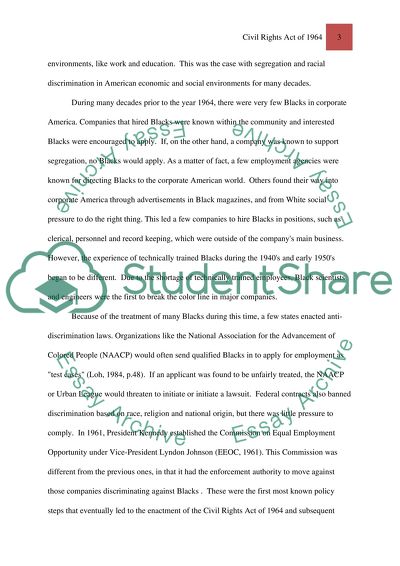Cite this document
(Civil Rights Act of 1964 Essay Example | Topics and Well Written Essays - 1991 words, n.d.)
Civil Rights Act of 1964 Essay Example | Topics and Well Written Essays - 1991 words. Retrieved from https://studentshare.org/law/1521433-civil-rights-act-of-1964
Civil Rights Act of 1964 Essay Example | Topics and Well Written Essays - 1991 words. Retrieved from https://studentshare.org/law/1521433-civil-rights-act-of-1964
(Civil Rights Act of 1964 Essay Example | Topics and Well Written Essays - 1991 Words)
Civil Rights Act of 1964 Essay Example | Topics and Well Written Essays - 1991 Words. https://studentshare.org/law/1521433-civil-rights-act-of-1964.
Civil Rights Act of 1964 Essay Example | Topics and Well Written Essays - 1991 Words. https://studentshare.org/law/1521433-civil-rights-act-of-1964.
“Civil Rights Act of 1964 Essay Example | Topics and Well Written Essays - 1991 Words”, n.d. https://studentshare.org/law/1521433-civil-rights-act-of-1964.


